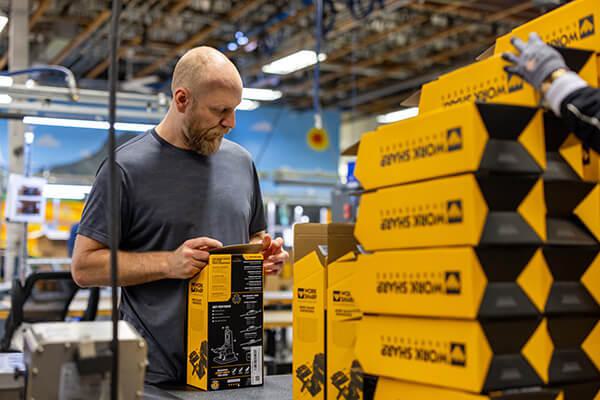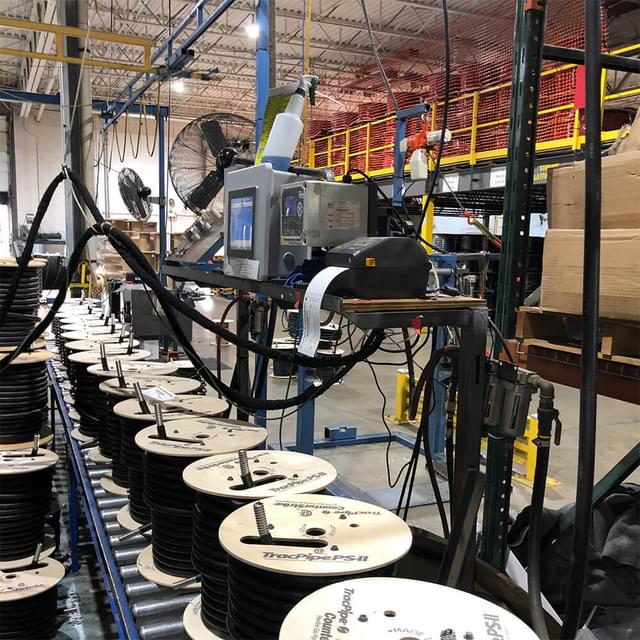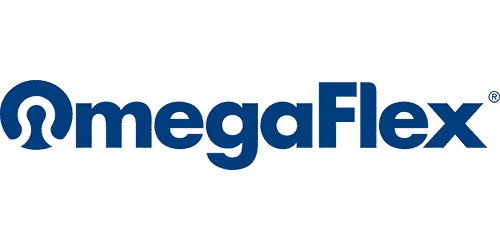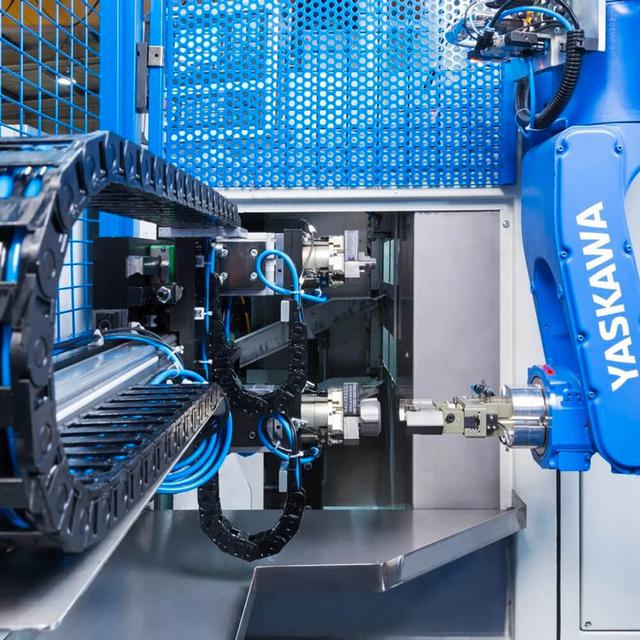
Manufacturing
By Use Case
By Industry
By Standard

Global
Manufacturing
Enterprise

Label printing throughput
+70%
Benefits
BarTender helps OmegaFlex modernize its labeling process through an automated, distributed system that increases testing speed by over 50%, and saves supervisors two hours per week.
Undertaking a new digital automation strategy in a manufacturing process involves a number of different variables. A new strategy requires support from management, buy-in from operational teams, cooperation from individual members and other elements. It must eventually integrate well with existing systems, be within budget and show growth results over time.
That was precisely the situation for OmegaFlex, a Pennsylvania-based manufacturer of flexible metal hoses, braid products and highly engineered assemblies. For 45 years, OmegaFlex has manufactured flexible stainless-steel gas-piping hose systems for use in commercial, industrial and residential applications.
OmegaFlex had been following the same business processes for nearly 25 years when opportunities arose for the company to achieve new efficiencies. BarTender played a part in helping the company realize this goal.
OmegaFlex produces lengthy (up to 8,000 feet long) flexible metal hoses for gas pipes. These long pipes are then cut into smaller lengths and manually inspected for surface defects in the extrusion or markings, then pressure-tested.
The company’s final testing department uses pressure-decay equipment to test each finished reel before placing it into inventory. An operator visually identifies the size of each product being tested and uses a chart to select the proper test program for that reel. The program measures pressure change over time against the specific volume of air used in the reel to determine whether the reel has a leak.
For many years, OmegaFlex had conducted this process by having an operator manually pressure-test the reel. The operator would walk to a central workstation and print multiple product labels — up to 30 at a time — for the reels they planned to test. Once a reel passed its pressure test, the operator would affix a label to it and place it into inventory.
This was a laborious process that was costing OmegaFlex time and money. The primary problem was that testing all of these individual pipe lengths was a disconnected process: OmegaFlex’s central printing station was 30 feet away from each hose testing workstation, which meant workers had to walk back and forth whenever they needed to test and manually label each product. It also sometimes resulted in inaccurate or lost labeling, operator distraction, wasted time and other issues.
The key pain points faced by OmegaFlex:
The existing manual process was error-prone, introducing risk at every step. OmegaFlex needed to modernize its labeling process. It needed greater control and operational efficiency with its labeling system, and it needed to reduce the amount of risk and error in its process overall. To achieve these goals, OmegaFlex mechanical engineer Justin Moore (Senior Project Engineer, Flexible Pipe Division) assessed that the company would need to move to a different label printing model — a change that would require the digital transformation of its entire testing operation.
OmegaFlex reached out to systems integrator IPSi (Integrated Productivity Systems) for guidance. The IPSi team, led by President Rick Schilling along with developer Ian Faust, reviewed the company’s issues and recommended a distributed label-printing solution that would capture digitization principles using Intelligent Templates™.
The system IPSi recommended and eventually built for OmegaFlex brought greater efficiency to their labeling, with streamlined production process and a 20–50 percent increase in testing speed.
“Once we looked at their system, we knew that we could solve a lot of the problems that OmegaFlex was experiencing,” Rick Schilling said. “We used BarTender’s Integration Platform to connect a well-planned database with BarTender’s Intelligent Templates™, and OmegaFlex immediately had a more agile labeling system that’s going to be scalable as the company grows and folds in other processes.”
The new automated labeling system integrated the following components:
“Once we realized that our old way wasn’t working anymore, and we needed a new way to print labels, it was an easy decision to work with IPSi and BarTender,” said Justin Moore. It’s made a tremendous difference in our capacity.”
The change to an automated, distributed labeling process created many positive results for OmegaFlex. Since IPSi installed the system in 2021, OmegaFlex has seen its throughput rates jump by up to 70%. The operators have increased their pressure tests from 20 per hour to more than 30 per hour. Plus, the new system has significantly reduced the potential for human error and saved two hours weekly for supervisors in their checks on operator work.
The automated labeling solution has also given OmegaFlex greater control over its data. Records are no longer manually manipulable — only a supervisor or database administrator from Engineering or IT can make any modifications or corrections — which has led to improved data accuracy and accountability.
“Our new BarTender distributed label printing system has been a great morale and productivity booster,” said Brian Szczech. “Our team now has more control throughout the entire process, and with fewer hours required for follow-up, our supervisors’ time is free to manage other things. We’ve increased our label printing throughput by as much as 70%. And we’re excited about the ways our capacity is going to grow in the coming years.”
Now that each workstation is independent and self-contained, end-of-month inventory no longer shows variations in finished goods, and operator paperwork has decreased. Today, the OmegaFlex team continues to enjoy the benefits of the BarTender labeling system, including its automation opportunities.
“It’s fulfilling to be able to facilitate major process improvement for our customers through labeling — my favorite subject,” said Rick Schilling. “We helped OmegaFlex achieve better profitability, increased efficiency and improved accuracy. We’re proud to have been part of this collaborative digital transformation.”

Manufacturing

Manufacturing

Supply Chain
